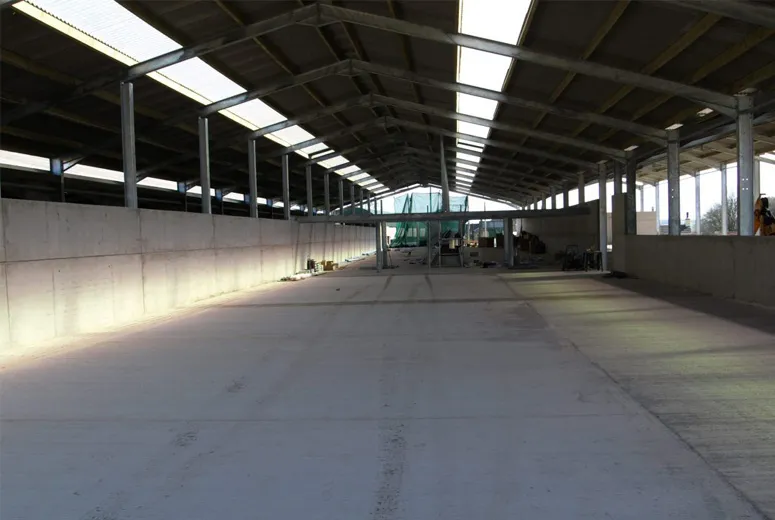- Afrikaans
- Albanian
- Amharic
- Arabic
- Armenian
- Azerbaijani
- Basque
- Belarusian
- Bengali
- Bosnian
- Bulgarian
- Catalan
- Cebuano
- Corsican
- Croatian
- Czech
- Danish
- Dutch
- English
- Esperanto
- Estonian
- Finnish
- French
- Frisian
- Galician
- Georgian
- German
- Greek
- Gujarati
- Haitian Creole
- hausa
- hawaiian
- Hebrew
- Hindi
- Miao
- Hungarian
- Icelandic
- igbo
- Indonesian
- irish
- Italian
- Japanese
- Javanese
- Kannada
- kazakh
- Khmer
- Rwandese
- Korean
- Kurdish
- Kyrgyz
- Lao
- Latin
- Latvian
- Lithuanian
- Luxembourgish
- Macedonian
- Malgashi
- Malay
- Malayalam
- Maltese
- Maori
- Marathi
- Mongolian
- Myanmar
- Nepali
- Norwegian
- Norwegian
- Occitan
- Pashto
- Persian
- Polish
- Portuguese
- Punjabi
- Romanian
- Russian
- Samoan
- Scottish Gaelic
- Serbian
- Sesotho
- Shona
- Sindhi
- Sinhala
- Slovak
- Slovenian
- Somali
- Spanish
- Sundanese
- Swahili
- Swedish
- Tagalog
- Tajik
- Tamil
- Tatar
- Telugu
- Thai
- Turkish
- Turkmen
- Ukrainian
- Urdu
- Uighur
- Uzbek
- Vietnamese
- Welsh
- Bantu
- Yiddish
- Yoruba
- Zulu
নভে. . 21, 2024 18:59 Back to list
Design and Construction of Steel Buildings
The design and construction of steel buildings represent a significant advancement in modern architecture and engineering. Steel, renowned for its high strength-to-weight ratio, durability, and versatility, has emerged as a preferred material in constructing a wide variety of structures, including commercial buildings, bridges, and industrial facilities. This article explores the key facets of steel construction, including design considerations, structural benefits, sustainability, and future trends.
Design Considerations
When designing steel buildings, several factors must be considered. The structural design begins with understanding the load requirements, which include dead loads (permanent/static loads), live loads (temporary/dynamic loads), and environmental loads (wind, snow, and seismic forces). Accurate load calculations ensure the building can withstand various stresses throughout its lifespan.
Another crucial element of the design process is the choice of steel grades and types. Different grades of steel offer varying levels of strength, ductility, and corrosion resistance. For example, structural steel, often in the form of wide-flange beams and columns, is commonly employed for its strength and ease of fabrication.
Innovative design techniques, like computer-aided design (CAD) and Building Information Modeling (BIM), greatly enhance the efficiency and precision of steel construction projects. These technologies allow architects and engineers to visualize the structure in three dimensions and assess performance under various conditions before the physical construction begins.
Structural Benefits
The advantages of steel as a construction material are numerous. Steel's inherent strength enables the creation of large, open spaces without the need for excessive internal columns or load-bearing walls. This design flexibility is particularly beneficial for commercial buildings, where maximized floor space is vital for functionality and aesthetics.
design and construction of steel buildings

Additionally, steel structures can be prefabricated off-site, which accelerates the construction process. Prefabrication reduces material waste, enhances quality control, and minimizes on-site labor costs. Upon delivery, sections of steel structures can be assembled rapidly, leading to shorter construction timelines and lower overall project costs.
Sustainability
Sustainability is a growing concern in the construction industry, and steel offers significant environmental advantages. Steel is highly recyclable; it can be reused in countless applications without degradation of quality. In fact, a substantial percentage of new steel is produced from recycled materials, reducing the demand for virgin resources.
Moreover, steel buildings can be designed to be energy-efficient, integrating advanced insulation techniques and renewable energy systems, such as solar panels. A well-designed steel building can optimize energy consumption, ultimately reducing its carbon footprint and operational costs.
Future Trends
The future of steel building design and construction is poised for innovation. Research into advanced materials, such as high-strength steel and composites, continues to evolve, offering even greater performance and sustainability. Moreover, the integration of smart technologies into steel buildings via Internet of Things (IoT) systems promises enhanced operational efficiency and real-time monitoring of building performance.
As urban populations grow, the demand for high-rise steel structures will likely increase. Innovations in vertical construction techniques and seismic design will play critical roles in ensuring these buildings are safe, functional, and adaptable to changing needs.
In conclusion, the design and construction of steel buildings encompass a complex interplay of engineering principles, design innovation, and sustainability practices. The strengths of steel as a construction material not only contribute to the creation of aesthetically pleasing and functional structures but also pave the way for future advancements in the built environment. As technology continues to progress, the steel construction industry will undoubtedly play a vital role in shaping the skylines of tomorrow while remaining committed to sustainable practices.
-
Cold Formed Steel Residential Framing
NewsMay.21,2025
-
Innovative Steel Structure Building Solutions
NewsMay.19,2025
-
Innovative Prefab Metal Shed Solutions
NewsMay.19,2025
-
Durable Steel Horse Shelter Solutions
NewsMay.19,2025
-
Durable Metal Shed Solutions
NewsMay.19,2025
-
Durable Big Metal Shed Solutions
NewsMay.19,2025
Products categories
Our Latest News
We have a professional design team and an excellent production and construction team.












